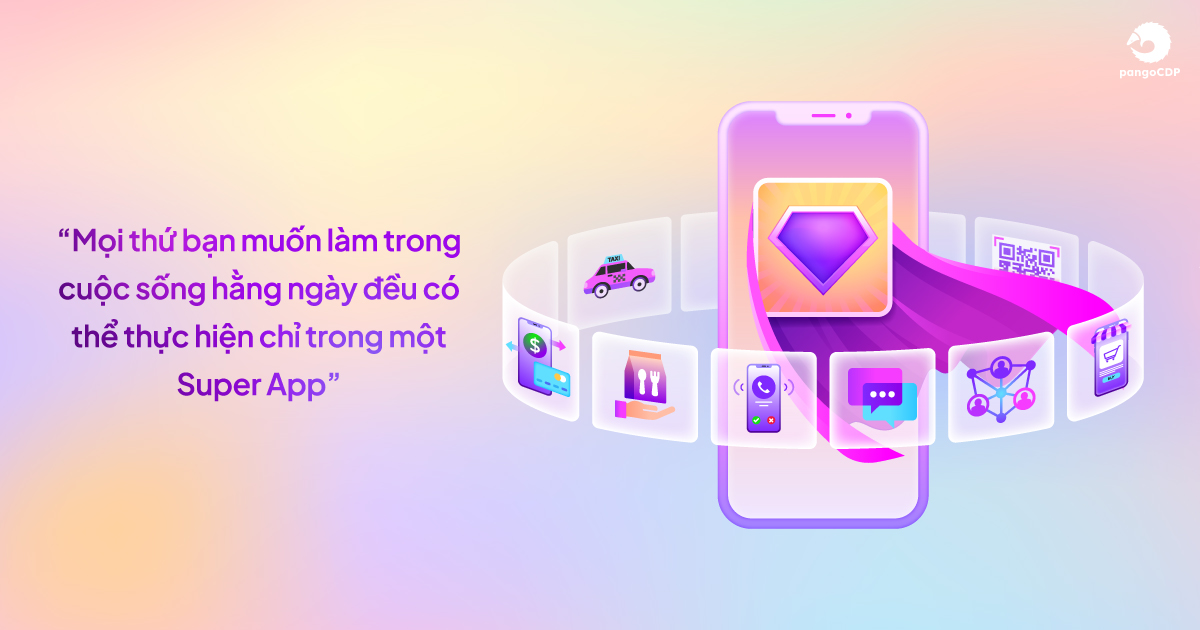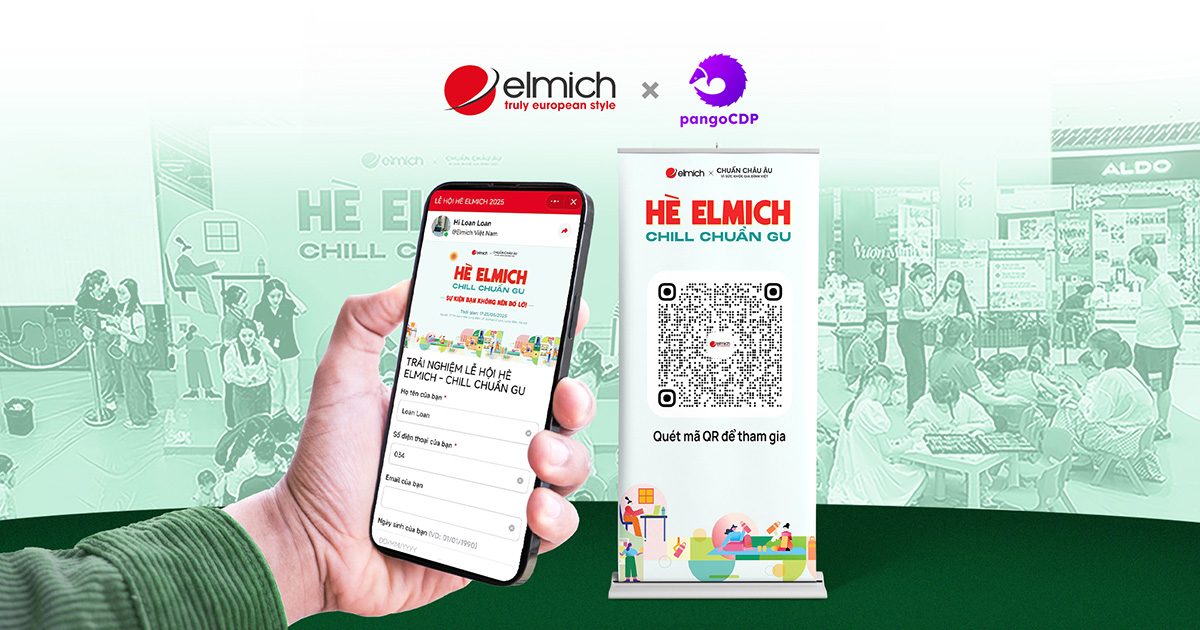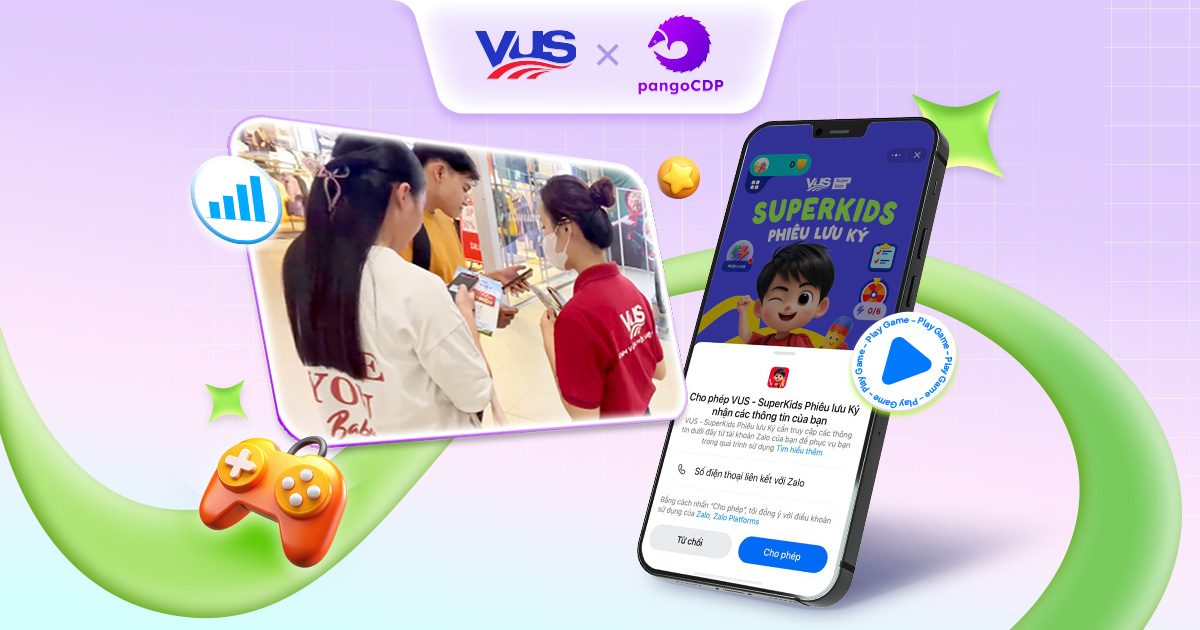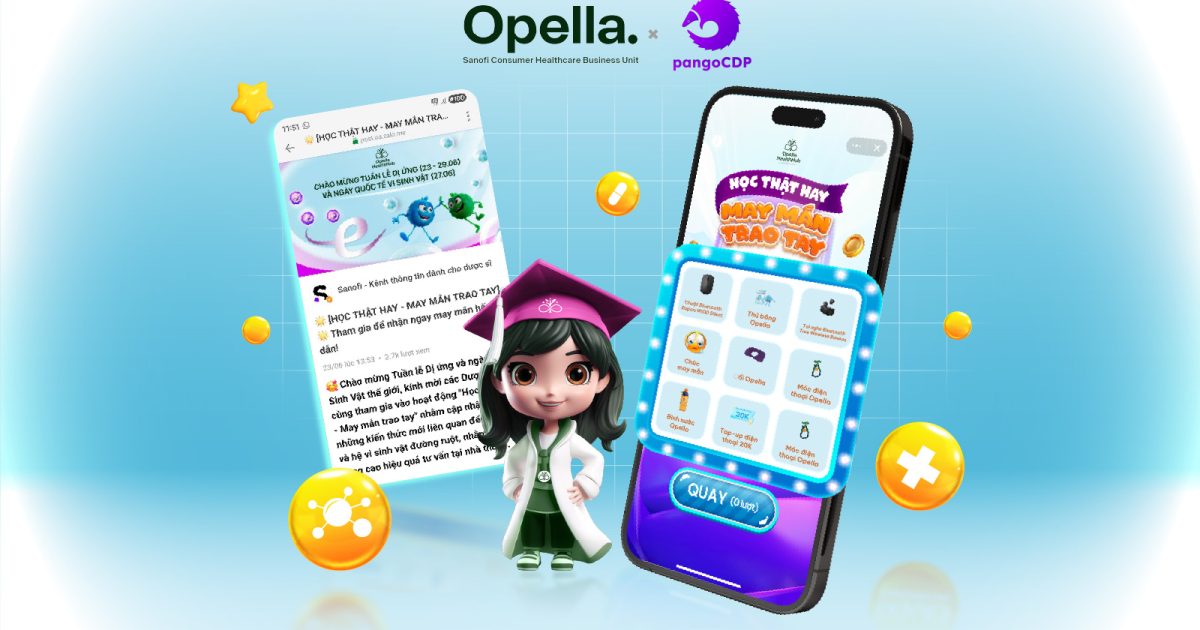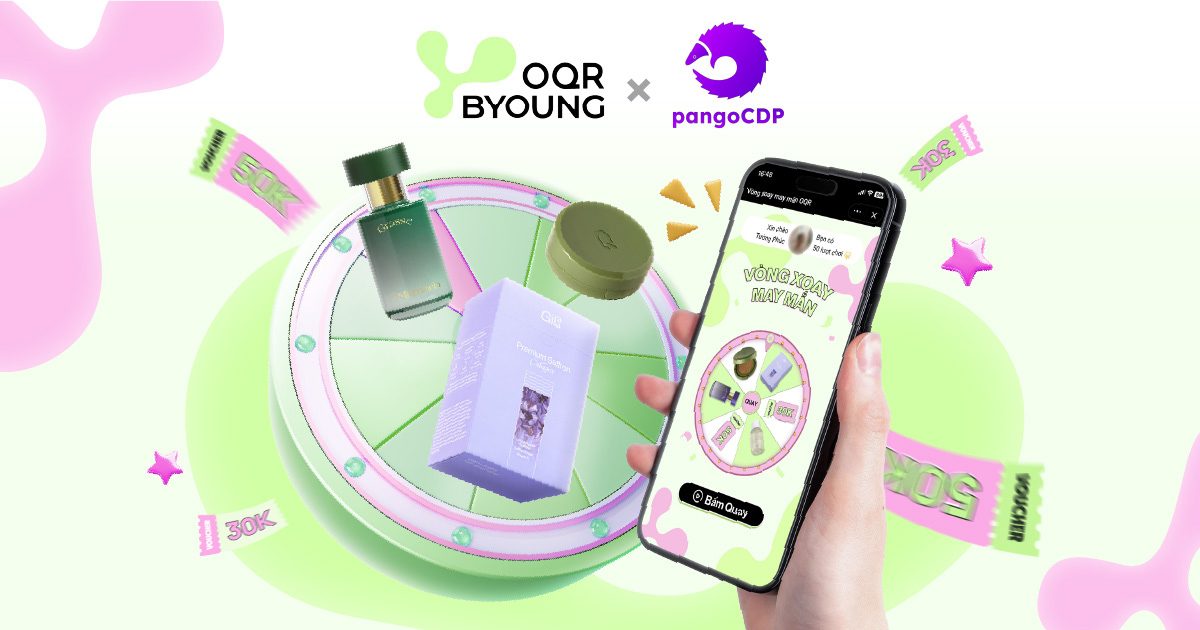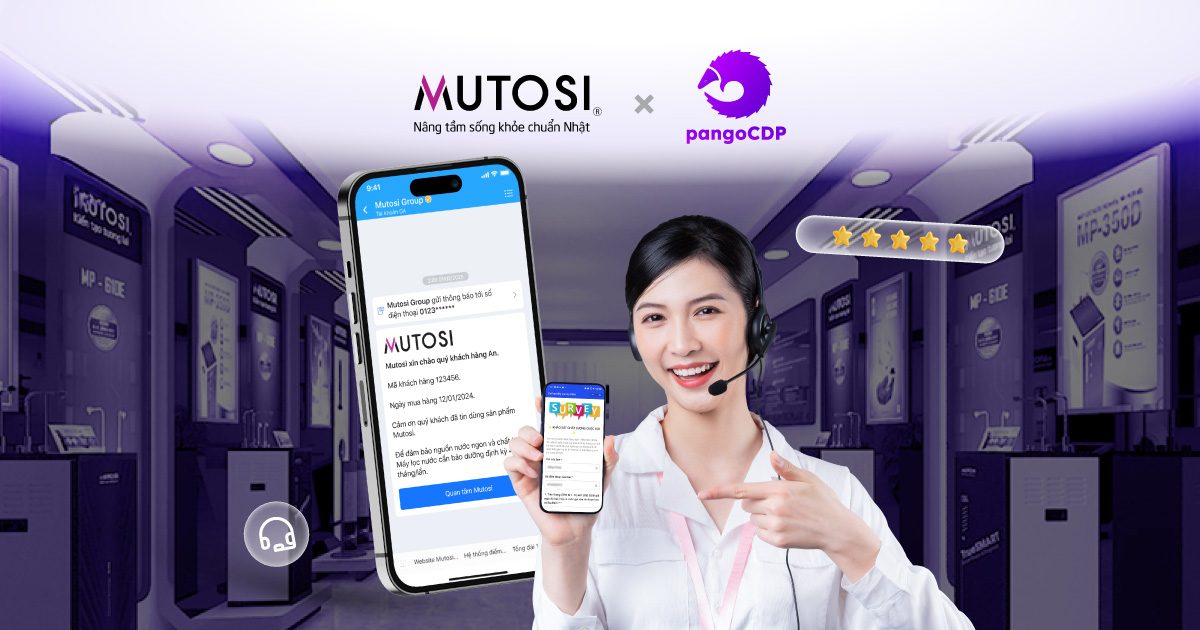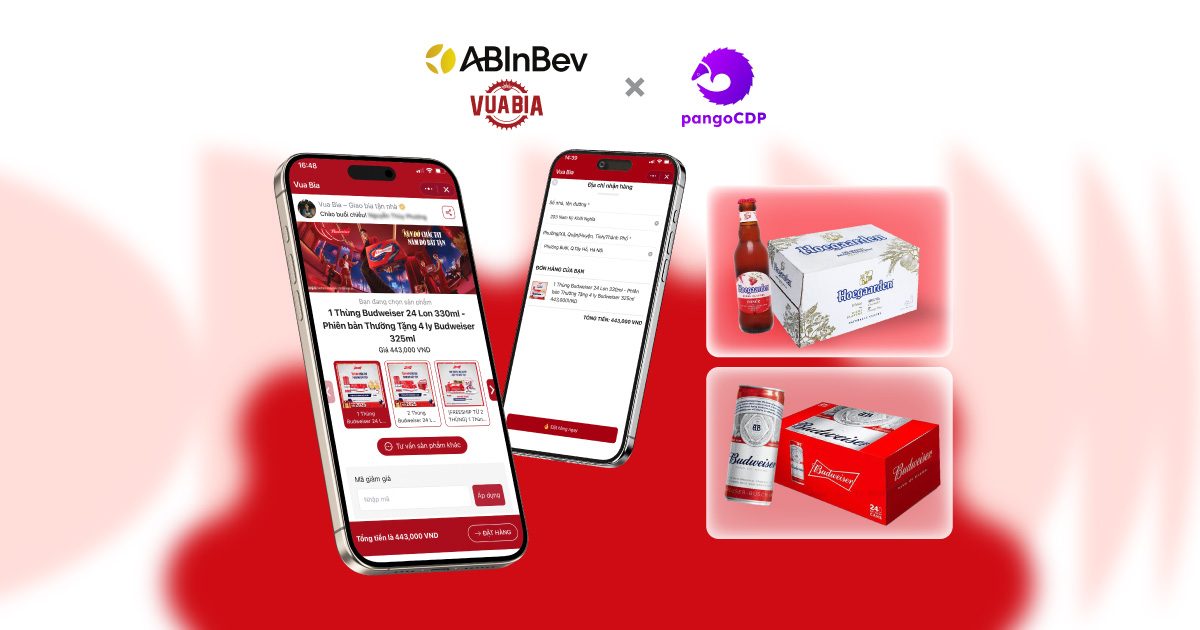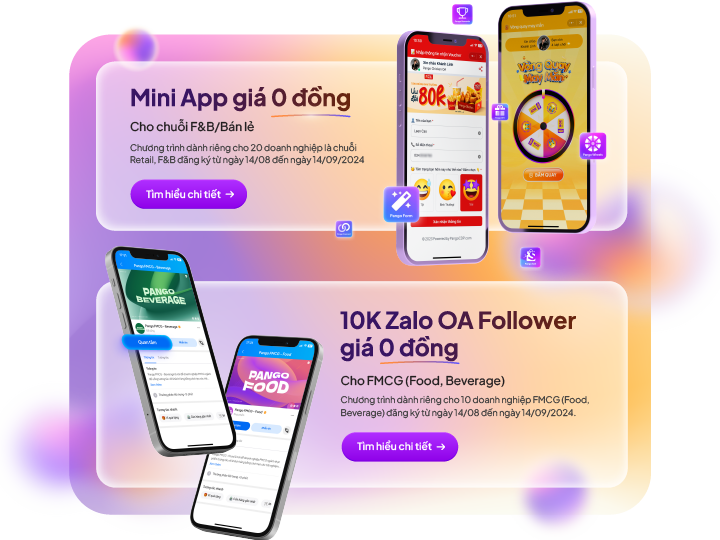Super Apps start with a single popular feature, then gradually add multiple features to create an all-in-one experience for users. However, each Super App, depending on the developer’s goals, will have its own unique characteristics. Let’s make a comparison to understand the difference between popular app models and the highlights of Super App with a powerful support of Mini Apps in building The Master Channel in this article!
4 Popular App Models
Group 1: Stand Alone App
Many mobile applications are developed to solve a specific need for users. For example, Spotify to listen to music, Netflix to watch movies, Starbucks to take care of customers… Users can easily go to Google Play or Apple Store to download and use.
Group 2: App Suite Ecosystem
Users only need one account to be able to use many related apps. A common example is Google, which include Gmail, Google Drive, Google Docs, Google Sheets.
Group 3: Super App
As mentioned, these are applications that provide an all-in-one experience for users, including Grab and Gojek.
Group 4: Super App group combined with Mini App
Instead of developing and adding features on their own, these top-tier Super Apps allow businesses to “create features” for customers directly within the Super App. This trend of Mini Apps within Super Apps is the path taken by WeChat (China) and Line (Japan).
‘To become an application in group 4, the user base must be immense − tens or hundreds of millions − otherwise, the effectiveness will not be as expected. However, this is only a necessary condition.
Mini App – The Factor Making Super Apps “Great”
Super App has provided a lot of utilities, but user demand for convenience has never stopped. The Mini App ecosystem, with its “open” capability, allows many businesses to develop more in-depth features, serving the customer needs of convenience.
Group 4 Super Apps, with the ability to provide Mini Apps, allow businesses to connect and build many different experiences for customers. Mini Apps developed by businesses integrated into the general ecosystem of Super App help increase user engagement and the value of Super App.
The success of Mini Apps also benefits Super Apps. The more businesses participate in developing Mini App, the higher the quality, and Super App will have countless ways to collaborate with businesses to leverage the value from their shared customers.
In the era of the personalization boom, understanding customers will make brand marketing easier. Mini Apps in the ecosystem of Super App creates extremely useful data and information about user behavior, preferences and trends. Both businesses and Super Apps can take advantage of this data to better understand users, personalize their services, and optimize the experience.
The Advantage of Mini Apps compared to Mobile Apps
Benefits of Mini App for Users
- Accessibility
To use a regular application on mobile, users must go through the following steps:
- Open the Apple Store/Google Play and download the app. If you forget your Apple Store or Google Play password, you can’t download it.
- After downloading the app, users must create an account in the app.
- Some apps require information verification via OTP.
- After passing the OTP step, users log into the app.
- Next time, if the usage frequency is low, more than 50% of users may forget their password.
With Mini Apps, users only need one step to be able to open the app. All login information is “remembered’” by the Super App. The number of Mini Apps in Super App is unlimited.
The experience is easy and convenient for users – that’s why big brand like Starbucks, despite having a “Stand Alone” app for users to download as usual, still builds Mini Apps on Wechat.
It would not be objective to only mention Wechat and the Chinese market as a typical example with the Mini App ecosystem. In the world, VK in Russia also built an impressive Min iApp Platform; India has PhonePe and PayTM; Japan, Taiwan, and Thailand has LINE, which is also a platform with a strong Mini App ecosystem starting from a messaging and calling app similar to Zalo.
Thus, the biggest difference that Mini App bring to users is: accessibility. For businesses, this advantage is very important as it helps to reduce the cost of convincing users to download the app and significantly lower the dropout rate due to complex registration processes. In Vietnam, Zalo has more than 70 million users, MoMo has more than 30 million, it is clear that navigating users using the business’ Mini App will be much easier and faster with a single click.
- Simplicity
The second benefit Mini Apps offer users is simplicity.
Businesses spend a lot of money building features in ”Stand Alone” applications, but the reality is that users rarely use all the functions. Mini Apps aim at simplicity and convenience for users, and more importantly, they save costs for businesses.
A good method for developing Mini Apps is the “one app for one task”. That is, instead of putting all the features into one application (as the “Stand Alone” app did), Mini Apps concentrate on a specific set of features. Businesses can create multiple Mini Apps for various purposes.
- Easy Sharing
When will users share Mini App with friends? The answer is when they feel satisfied or when the business has programs that call friends to join to receive promotions.
Mini Apps have built-in features allowing users to share the Mini App with friends in their contacts or chat groups within the Super App. This is also one of the great competitive advantages that Zalo owns.
Benefits of Mini App for Businesses
Mini Apps help businesses solve a big problem compared to building and maintaining mobile applications, which is cost savings:
- App Development Costs
When comparing Mini Apps to “Stand Alone” apps in Group 1, businesses looking to develop apps in this group need to invest in a team of software engineers. In some cases, businesses need two teams: one for Android phones and one for iOS iPhone.
After investing in app development costs, businesses will lose more time costs, also known as opportunity costs. When the app is developed, businesses need to launch it on the two largest platforms managed by Google and Apple.
Uploading the app to the store requires a waiting period for approval, which can be 4-6 weeks for Apple. Similarly, updating the new version will take about 2-3 weeks. This waiting period is not a small cost compared to the immediate update capability of Mini Apps.
- Cost of Developing and Maintaining a User Base for the App
With large coverage, most of a business’s potential customer groups have at least one Super App installed. The important thing is how businesses will approach them?
Mini App provide a lot of access points that customers can find and open the businesses’ Mini App:
- Through the “Search” bar.
- Through scanning QR codes at offline points such as stores, supermarkets, or on products.
- Through sharing via chat from friends.
With Mini App, the cost to acquire users is much lower because users don’t need to download the application, just one tap to open the Mini App.
Maintaining user retention with Mini Apps is also simpler. As long as the users do not delete the Super App (which rarely happens), the MiniApp will always “exist” on the user’s phone
The remaining task for businesses is to “remind” users to use the Mini App at the right time. This is very easy when businesses have implemented the “Warm” element of The Master Channel.
With the Official Account (OA) feature, businesses will send “Warm” messages containing a link to the MiniApp. The key is what message the business sends? When to send? Which Mini App to access?
Photo: Pango Team
With the undeniable advantages of Super Apps and the powerful support of the powerful extension arm of Mini App, using a platform with a Mini App ecosystem as “The Master Channel” will bring numerous benefits to both businesses and users.
The needs of businesses and the creativity in building customer experiences will not be limited thanks to the flexibility of the Mini App.
Not only data exploitation strategies, but also detailed marketing campaign implementations for businesses based on data orientation and much new knowledge around The Master Channel will be presented in detail in The Main Interaction Channel – The Master Channel, Volume 1.
Six chapters of the book will guide readers through the impressive development journey of interaction methods between businesses and customers.
From the most primitive forms to multi-dimensional interactions in the smartphone era, the book will present successful stories along with leading global brands in boosting revenue by enhancing customer experience, explaining the success of The Master Channel concept when applied at two leading Vietnamese companies, Nutifood and CellphoneS.
The book is now available at Fahasa, Phuong Nam, Hai An, Ca Chep bookstores, and online at 24h bookshops and e-commerce platforms like Tiki, Shopee, and TikTok Shop. You can also quickly order the book here: https://i.o2o.vn/H767

